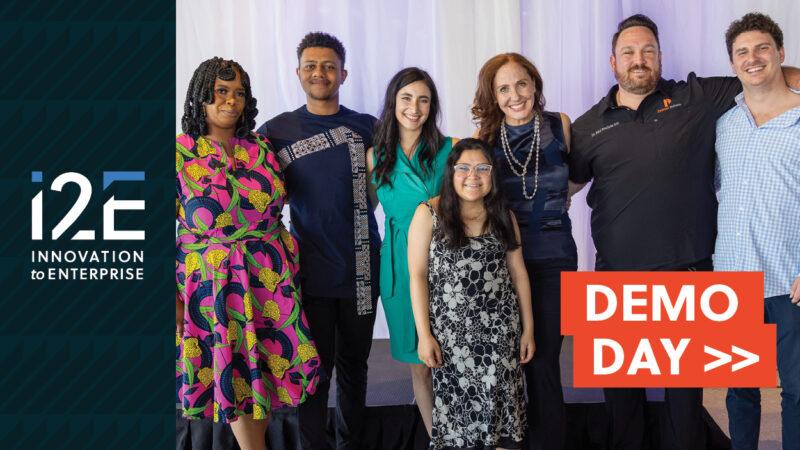By Stephen Prescott, M.D.
Copyright © 2017, The Oklahoma Publishing Co.
Imaging. It’s the ability to create a visual representation of something we cannot simply view with the naked eye.
In biomedical research, imaging technologies focus on things that are really, really tiny. For example, to understand how the body’s circulatory system functions, cardiovascular biologists study red blood cells, which are about seven microns long. That’s one-millionth of a meter. Or, to think another way, you’d have to lay about 200 blood cells end to end to equal the length of your average flea.
Conversely, in the energy sector, geophysicists use imaging technologies to study things that are really, really large. Take, for example, the Marcellus Shale. That’s a geologic formation that lies beneath roughly 90,000 square miles of West Virginia, Pennsylvania and New York, and scientists are trying to figure out how best to extract the trillions of cubic feet of natural gas trapped in the shale.
You might not think these scientists’ disparate quests would have much in common. But it turns out many of the imaging devices geophysicists use are based on ultrasound technologies developed in medicine.
OKC Innovates
This is one of the many intriguing facts I learned Tuesday, when I joined almost 100 other Oklahoma City scientists and business people who gathered at the first OKC Innovates symposium. GE Global Research Oil and Gas Technology Center hosted the event at its beautiful new facility, which looks toward downtown from NE 10.
Not coincidentally, the GE Research Center sits smack-dab in the middle of Oklahoma City’s burgeoning innovation district, which spans the Oklahoma Health Center and Automobile Alley. And the symposium was the first of a series of events that aims to make the residents of the district — and the many exciting ideas that lurk within their heads — crash into one another.
Energy, aerospace and biomedicine all play an important role in our city and state’s economy. Traditionally, though, there’s been little overlap among these sectors; we’ve all lived within our own silos.
The coexistence of major players in all three fields, the Greater Oklahoma City Chamber and others realized, represented a potentially rich but unexploited resource. So why not find some common themes and try to get us all to work together in some way we haven’t yet imagined?
Before a packed room, nine different scientists from Devon Energy, Baker Hughes, the FAA, Tinker Air Force Base, the Oklahoma Medical Research Foundation and the University of Oklahoma spent four hours explaining how they utilize imaging technologies to do everything from studying the metastasis of tumor cells to analyzing cracks in airplane wings to making drilling decisions. They talked about grand challenges in their respective fields and explored ways they might tap one another’s talents and technologies to answer their own questions — or new ones.
Over the course of the discussions, challenges common to all three industries emerged. Everyone was searching for technology that was more sensitive and precise. We all struggle with how to manage mushrooming amounts of data. And no one, it seems, has the capability to analyze and understand all the data that’s being generated.
Cocktails and brainstorming
By the end of the afternoon — which culminated in a cocktail hour, perhaps the most fertile ground for creative interaction that exists — the enthusiasm for future events was palpable. Thought leaders from across sectors were not only in the same room, they were brainstorming about ideas for future collaborations. Synergies that only hours before hadn’t existed were beginning to take shape.
Going forward, we’ll continue this OKC Innovates series. We’re looking at other common themes that reach across the energy, aerospace and biomedical research sectors, topics like sensor technology, big data and analytics. As the topics branch out, we’re hoping that the venues will too. In addition to more formal symposia, we’ll also try shorter, less formal “after hours” events.
In mid-April, a team from the Brookings Institution will come to Oklahoma City to deliver the results of a study it’s been conducting for almost two years. That report, we hope, will help us sketch out a blueprint for how best to transform our city’s intellectual capital into a new, idea-driven business district.
Where all this will take us is still anybody’s guess. But that’s really the point. When you put a lot of smart people with great ideas in a room together, that’s the best recipe for serendipity.
A physician and medical researcher, Stephen Prescott is president of the Oklahoma Medical Research Foundation and can be reached at [email protected].








